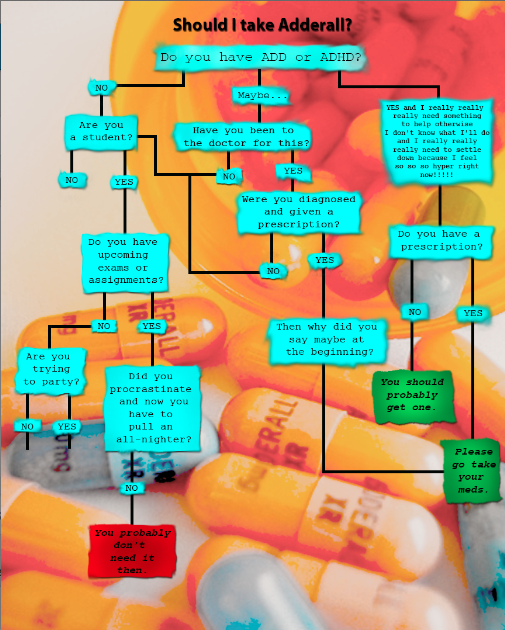When we are writing “for the public,” it is implied that the piece has a specific purpose in trying to connect with its audience and benefit those who read it. The word “for” is key here. Writing for the public is done because the author believes that he or she has some information that is advantageous for the public to know, whether that be an important argument in the midst of a debate or a special report on doctors looking up their patients on the internet. When trying to cater to an audience this way, authors must think about what the public really wants to hear and needs to know in order to be successful in getting the message across. A report could be significant, but if it is not delivered in a style that is pleasing to the public, it won’t have the right effect anyway.
Take, for example, the multimedia piece on animal rights from the Rolling Stone magazine website. Including text, pictures, and video is a strong way to deliver a message since it caters both to audience members who like to read text and those who just want to see images. The destination guide used pictures, short descriptions and bright color schemes to appeal to readers, trying to ensure that the goal of attracting readers is reached.
An important distinction to make is that of the difference between writing for the pubic and writing publicly. Writing publicly is more narcissistic in the way that authors who do this are writing for their own personal expression and assuming that other people will care enough to read it. The purpose of writing publicly is simply to put one’s thoughts out there into the great abyss. Perhaps it will move someone else, but there is no specific intent.
This line can be quite fuzzy, however, as there are some similarities between the two. Anything done publicly is fair game for all to see, and those who are putting their writing out there are aware of this. Thus, one could say that even if an author is writing publicly for self-expression, they want others to see it for some reason and must have motive for doing so. Likewise, writing for the public and public writing can both have the same end effect in swaying an audience. Those who write publicly may just be putting their opinions out there, but if they seem credible, readers may consider the piece as a source of information.
Social media forums walk the line, depending on what they are used for. Personal Twitter accounts are public writing, since tweeters are really just thinking out loud (or writing out loud). However, certain Twitter accounts are used for public relations and advertising, or even for putting up pictures of cute animals to make people smile. Similarly, autobiographies are written by authors to tell the story of their own life and to explain who they are. This seems like a case of writing publicly, but some autobiography authors believe that if others know their story and what they went through, it will help audience members get through their own struggles.
In my own opinion, the main difference between writing for the public and writing publicly is purpose. However, like I mentioned, purpose can be hard to discern, especially in today’s world of the Internet. It is so easy to make everything public, so how can we really decide the purpose of each and every piece of writing? Are we so inclined to think that others really care what we have to say, or can we really just want to express our opinions for the sake of expression? Authors will do what they choose, but it is up to the public to decide how to handle what they read.


